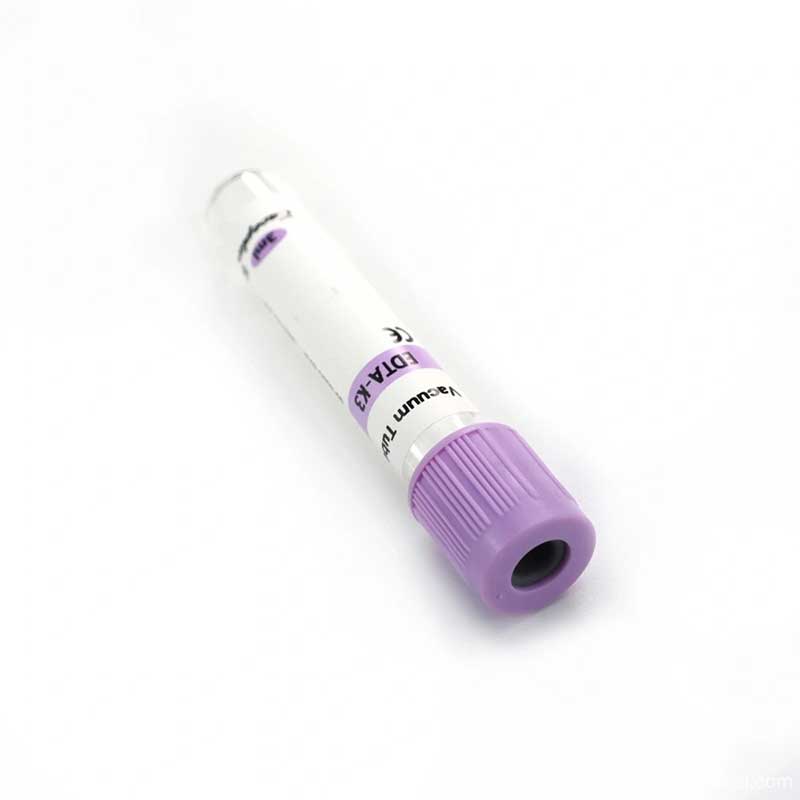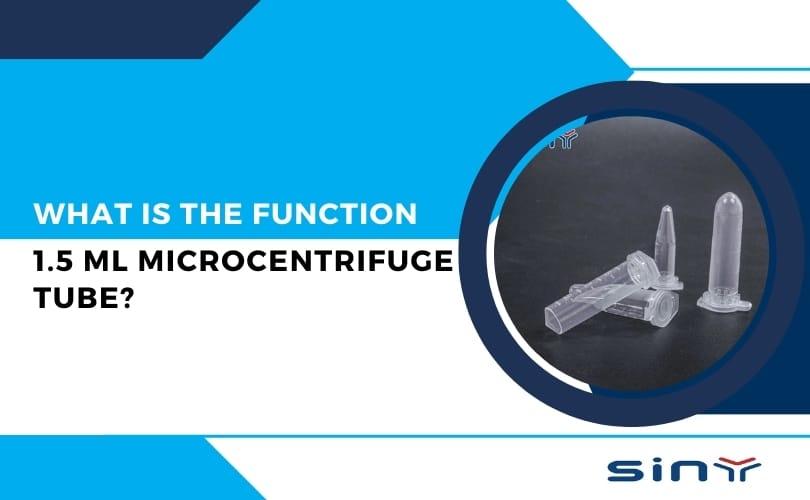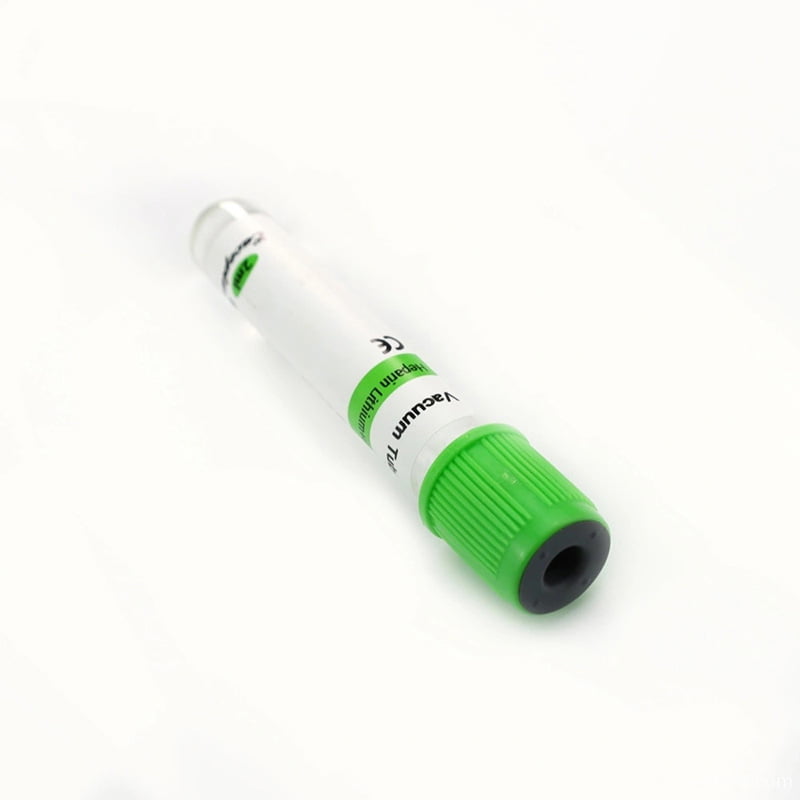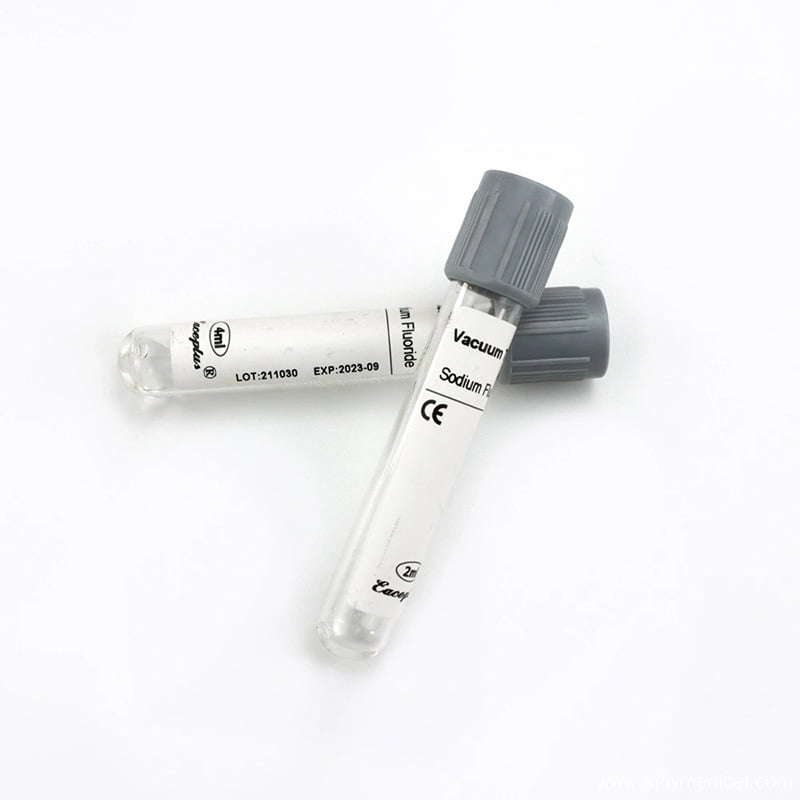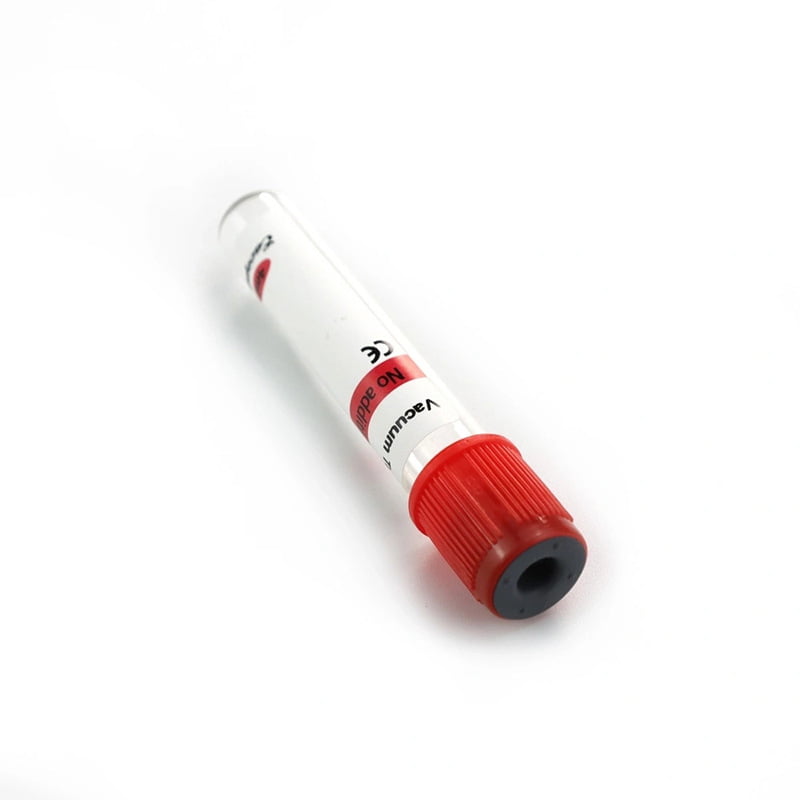Receiving Platelet-Rich Plasma (PRP) injections can be a promising treatment for knee-related issues, promoting natural healing and tissue regeneration. After undergoing the procedure, following a proper aftercare routine is essential to optimizing the results and ensuring a smooth recovery. This comprehensive guide will walk you through the steps you should take after a PRP injection in the knee, helping you make the most of this innovative treatment.
Table of Contents
What is PRP Injection in the Knee
A platelet-Rich Plasma (PRP) injection in the knee is a medical procedure that involves using a concentrated form of a patient’s blood to promote healing and tissue regeneration in the knee joint.
PRP Therapy
Platelet Rich Plasma Injections promote healing by utilizing the patient’s blood components. Your blood will be drawn, centrifuged to extract platelets (platelets are now known to release healing proteins known as growth factors), and then injected directly into the injured site using an ultrasound-guided technique to ensure proper placement. These proteins subsequently induce repair and regeneration at the location, providing pain relief and faster healing rates to the patient.

The PRP Process
Platelet-rich plasma involves taking a small sample of the patient’s blood collection tube and spinning it in a centrifuge to concentrate and separate the platelets and plasma from the other components of the blood. This concentrated solution is then injected into the body at the injury site.
Why does PRP work?
Platelets are a type of blood cell that contains growth hormones and proteins. These are essential for the repair and regeneration of injured tissue. PRP Therapy works by speeding up the body’s natural healing process and healing parts of the body that would not typically receive it. Because your body’s joints, tendons, and ligaments have limited blood flow, it is exceedingly difficult for these tissues to heal independently in most situations. Injecting one’s PRP directly into an injured area promotes new, healthy cells’ growth and regeneration.
Are PRP injections safe?
Platelet injections are risk-free. The injections are considered safe because you use your blood components, and no foreign drugs are administered.
However, there is some minor risk involved. The only danger identified during research studies and clinical trials was that the injection could result in an infection. This is not unique to platelet safety injections needles. This danger exists with any injection. However, because no foreign substances are injected, and there is no risk of disease transmission, this therapy is deemed safe.
Using one’s body as a healing mechanism is a relatively new and intriguing medical concept. As these therapies prove beneficial and effective, comparable therapies will emerge in other medical fields.
Immediate post-injection Care
After your PRP injection, taking initial precautions minimizes discomfort and potential complications. Follow these steps in the immediate hours after the procedure:
- Rest and Elevate: Avoid putting excessive weight on the injected knee. Elevate the leg to reduce swelling and promote healing.
- Avoid Intense Activities: Clear strenuous exercises and activities that could strain the treated area.
Managing Discomfort
It’s normal to experience some discomfort after the PRP injection. Here’s how you can manage it effectively:
- Pain Medications: Over-the-counter pain relievers can help alleviate any mild pain or soreness. Follow your doctor’s recommendations.
- Ice Therapy: Regularly applying ice packs to the knee can reduce swelling and provide relief.
Adhering to the Recovery Plan Each patient’s recovery plan may differ slightly, but following your doctor’s instructions is essential. This may include:
- Physical Therapy: Engaging in physical therapy exercises can aid in strengthening the knee and improving flexibility.
- Follow-Up Appointments: Attend all scheduled follow-up appointments to monitor progress and address concerns.
- Resuming Activities
As your knee heals, you can gradually reintroduce certain activities into your routine:
- Low-Impact Exercises: Consider low-impact exercises like walking or swimming to keep the knee mobile once your doctor approves.
- Avoid High-Impact Activities: Steer clear of activities that involve jumping or sudden movements, as these may strain the healing knee.
- Understanding the Healing Process
Educating yourself about the healing process can help you set realistic expectations:
- Be Patient: PRP treatment stimulates the body’s natural healing process, which takes time. Be patient and give your knee ample time to recover.
- Monitor Progress: Keep track of your knee’s progress and discuss any concerns with your healthcare provider.
- Maintaining a Healthy Lifestyle
Support your knee’s healing by adopting a healthy lifestyle:
- Nutrition: Consume a well-balanced diet rich in vitamins and minerals that promote tissue repair.
- Weight Management: Maintaining a healthy weight can reduce stress on the knee joints.
PRP injections for sports medicine
PRP has a variety of medical applications and is well-known for its healing qualities. Platelets emit growth factors or “healing factors” that promote bone, skin, muscle, tendons, and tissue regeneration, and so have been used in many degenerative illnesses. This novel treatment has piqued the interest of clinicians, particularly specialists in physical medicine and sports injuries, because PRP production is relatively simple, making it one of the best natural biological therapies trusted by many sports physicians and used by many athletes worldwide.

Conclusion
PRP injections are a promising treatment option for knee-related issues, but proper aftercare is crucial to ensure optimal results. Following the outlined steps and listening to your healthcare provider can enhance the healing process and get back to your daily activities with a stronger and healthier knee.
FAQs About PRP Injection in the Knee
1. Is PRP injection painful? PRP injections may cause some discomfort, but the pain is usually minimal and manageable with pain relievers.
2. How long does it take to see results from PRP treatment? The timeline for results can vary, but most patients start experiencing improvements within a few weeks to a couple of months after the procedure.
3. Can I resume sports after the PRP injection? Depending on your healing progress, your doctor will advise you when it’s safe to resume sports or other physically demanding activities.
4. Are there any side effects of PRP injections? PRP injections are generally safe, but some patients may experience mild side effects like bruising or soreness at the injection site.
5. How many PRP sessions do I need for knee issues? The number of PRP sessions required depends on the severity of your knee condition. Your doctor will create a personalized treatment plan based on your needs.

